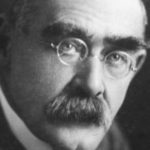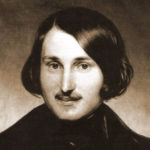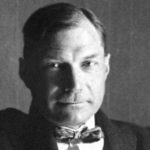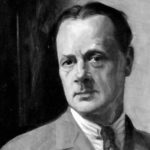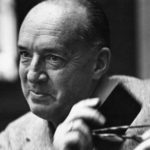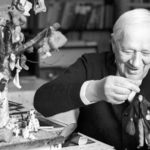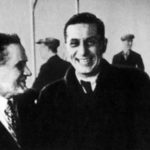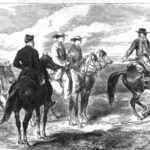Interesting facts about Bram Stoker
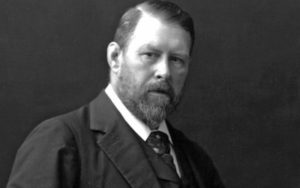 The famous writer Bram Stoker became famous all over the world for creating the familiar image of Dracula, the sinister vampire. Since then, many decades have passed, and the image of the character is now exploited by all and sundry, but the classic always remains a classic, and the work of Stoker is immortal.
The famous writer Bram Stoker became famous all over the world for creating the familiar image of Dracula, the sinister vampire. Since then, many decades have passed, and the image of the character is now exploited by all and sundry, but the classic always remains a classic, and the work of Stoker is immortal.
Bram Stoker was born in Dublin, and spoke very warmly about his hometown until the end of his life.
In childhood, the future writer was a very painful child. He almost did not get up and did not go until he reached the age of seven, when he finally went on the mend.
Many kings and princesses can envy the pedigree of Bram Stoker. One of his ancestors – the legendary Manus the Magnificent, who ruled a large part of Ireland long centuries ago.
While studying at the university, the future writer headed a student philosophical society, and also achieved good success in sports.
Even in his youth, Bram Stoker made friends with another man who was destined to become a great writer – Oscar Wilde.
An avid theater artist, he once worked as a theater critic.
For 27 years, Bram Stoker worked as the director of Liceum, one of the oldest London theaters.
In the US, the writer was twice invited to the White House, and he personally met two American presidents, McKinley and Roosevelt.
Stocker’s world-wide fame brought the book about Dracula, and he is often called the “master of horror.” However, about half of all his writings are classic Victorian novels.
The writer has never been in Transylvania, and indeed in Eastern Europe as a whole, but for writing “Dracula” he scrupulously collected information for more than seven years.
Throughout his life, Bram Stoker’s closest friend was the famous actor Henry Irving, to whom Stoker owed his pass to high society. This friendship lasted for decades, and when Irving passed away, the writer was struck by a series of heart attacks, from which he had never fully recovered.
According to Stoker’s will, he was cremated after death. His ashes are kept in the same London Columbarium as the dust of Sigmund Freud.


